Summary
Bien Hoa airbase is located in Bien Hoa city, Dong Nai province, Southern Vietnam. Several sites within the airbase are highly contaminated by agent orange/dioxin (AO/dioxins) and thus this airbase is also commonly considered an AO/dioxins hot spot. In this study, 40 maternal milk samples were collected from pnmiparas who have lived at least five years in four wards, namely Buu Long, Quang Vinh, Trung Dung, and Tan Phong, which are close to Bien Hoa airbase in order to investigate the level and distribution ofAO/dioxins exposure in different local communities. Seventeen toxic congeners of polychlorinated dibenzo-p-dioxins (PCDDs) and polychlorinated dibenzofurans (PCDFs) were determined in breast milks using the high resolution gas chromatography/high resolution mass spectrometry (HRGC/HRMS) method. Concentrations of dioxin/furan compounds in the four investigated wards ranged from 0.2 pgTEQ/g lipid to 26.1 pgTEQ/g lipid (mean concentrations of 9.2 pgTEQ/g lipid). The highest mean concentration of dioxin/furan compounds was observed in Buu Long ward (11.8 pg TEQ/g lipid), followed by Tan Phong ward (11.0pg TEQ/g lipid), and the lowest observed in Trung Dung ward (5.9 pg TEQ/g lipid). The mean concentrations of 2,3,7,8-TCDD in Buu Long (6.1 pg/g lipid) was approximately 2 - 6 times higher than those in Tan Phong (3.2 pg/g lipid), Quang Vinh (1.8 pg/g lipid), or Trung Dung (1.1 pg/g lipid). These results imply the site-specific exposure to dioxin/furan compounds in different local communities living around Bien Hoa airbase.
* Keywords: Agent orange; Bien Hoa airbase; Dioxin/furan compounds; Maternal milk.
I. INTRODUCTION
Polychlorinated dibcnzo-p-dioxins (PCDDs) and polychlorinated dibenzofurans (PCDFs) belong to the group of persistent organic pollutants (POPs) which were listed in the Stockholm Convention. PCDD/PCDFs are very toxic and can pose adverse risks to the environment, the ecosystems and the humans. Acute exposure of the humans to elevated levels of PCDD/PCDFs although in short time, may result in skin lesions, such as chloracne and patchy darkening of the skin, and altered liver function. Chronic exposure to extremely low dose of PCDD/PCDFs is linked to impairment of the immune system, the developing nervous system, the endocrine system and reproductive functions [7, 9].
Bien Hoa airbase is known as AO/dioxin hotspot which is located in Dong Nai province (Southern Vietnam, 35 km north of Ho Chi Minh City). From 1961 to 1972, this military airbase was intensively used by the United State armed forces for defoliantspraying missions. From December 1966 to February 1970, more than 33 million liters of herbicides (nearly half of those was the agent orange) was transported and handled at Bien Hoa aứbase for the u.s Ranch Hand Operation. Leaching and spills of the defoliants during wartime have caused extremely high contaminations of dioxin compounds at several sites on the airbase. Weathering processes such as rain, flood and wind further spread the contaminations to surrounding areas and thus could impose health risks on the local communities [1].
Several studies conducted on dioxin residues around AO/dioxin contaminated hotspots such as Da Nang and Bien Hoa airbases since 2001 all showed evidence of high level dioxin contamination in this area even more than four decades after the war. For example, our study conducted nearby Da Nang airbase showed relatively high levels of PCDD/PCDFs in breast milk from Khue Trung, Hoa Thuan Tay, Chinh Gian and An Khe wards [4],
Studies on PCDD/PCDFs concentrations in human tissues prove that indeed there is dioxin exposure for residents living on or near Bien Hoa airbase. High 2,3,7,8-TCDD levels were found in human blood in Bien Hoa residents [2, 10], In addition, Manh et al [7] reported that breast milk samples collected from primiparas who live near by Bien Hoa airbase, showed high levels of 2,3,7,8-TCDD, with a geometric mean value of 9.3 ppt lipid (range of 3 to 35 ppt).
Until now, there has been no study investigating details of AO/dioxin exposure communities living near by Bien Hoa airbase. In framework of the long-term program to monitor and evaluate the effectiveness of remediation efforts, further comprehensive survey has been conducted in Bien Hoa airbase, another AO/dioxin hotspot site. The major objective of this work is: To evaluate the differences in exposure levels and accumulation pattern of AO/dioxin in maternal milk from 4 cohorts living near by the Bien Hoa airbase.
II. METERIALS AND METHODS
2.1. Maternal milk collection
In this study, 40 maternal milk samples (50 - 100 mL) from primiparae were collected in four wards: Tan Phong, Quang Vinh, Buu Long and Trung Dung (the number of maternal milk samples in each ward were 11, 9, 9 and 7, respectively). The sample collection procedure is similar to those described by Hue et al [4],
Tan Phong and Quang Vinh wards are located to the North and Southwest of Bien Hoa airbase, respectively. Buu Long ward is near the Pacer Ivy site in the west, while Trung Dung is in the South, near a dioxin contaminated area named Z1, which has already contained as a secure landfill since 2007. The economical structure of these wards was mainly trade, services, agriculture, and handicrafts. Several sporadical open burning activities such as municipal waste burning, straw burning were observed in these areas. The industrial plans were about 5-10 km far from the studied sites.
* Chemical analyses:
Determination of PCDD/PCDFs in maternal milk samples were carried out following the validated procedure described by Hue et al [4] which is basically comparable with the isotope dilution method 1613 of U.S EPA (U.S EPA 1994). Briefly, freeze-dried samples were extracted by the pressurized liquid extraction method (PLE, FMS Co Ltd., USA) and chemical quantification was done by high resolution gas chromatograph coupled with high resolution mass spectrometer (HRGC/HRMS; Micromass Autospec Ultima system, Waters Co. Ltd.). TEQPCDD/PCDFs were calculated using the Toxic Equivalent Factors (TEFs) issued by the World Health Organization (WHO) in 2005 [14], For calculation of TEQ, the concentrations below detection limits were set to zero. A certified natural milk sample (coded BCR 607, Community Bureau of Reference, EC) was successfully used for evaluation of the method’s accuracy. The recovery rates of PCDD/PCDFs for the certified sample BCR 607 were from 80 - 120%. Tests for significant difference of TEQPCDD/PCDFs concentrations between four groups of maternal milk donors were evaluated by the Kruskal Wallis test (p<0.05, ibm spss statistics software package version 20).< />>
III. RESULTS AND DISCUSSION
3.1. Concentrations pattern of PCDD/PCDF in maternal milk
The total PCDD/PCDF concentrations and lipid-based TEQs in the milk samples collected from the four different wards are presented in table 2, with values ranging from 100 - 128 pg/g and 6.4 - 13.6 pg/g, respectively. These results are comparable to those reported by Manh et al [3] (9.3 pg TEQ/g lipid; range 3 - 13.5 pg/g) who also conducted a survey on dioxin contamination in maternal milk taken in Bien Hoa city. The prior study however focused on the overall dioxin contamination level in Bien Hoa city and collected the milk samples without detailed site-specific consideration. Meanwhile, our study aims to understand the difference in exposure levels in different local communities, which may relate to the distance to the contaminated sites. Therefore PCDD/PCDF concentrations in milk samples from the four wards were further separately evaluated (table 1).
It is interesting to observe that among the 4 sampling areas, while the PCDD/PCDF mass concentrations showed only a slight difference (100 - 128 pg/g), there was indeed a significant difference among the calculated TEQ values for the four wards (Kruskal-Wallis test, p=0.014). The highest mean TEQ was found in Buu Long ward (13.6 pg TEQ/g) followed by Tan Phong (12.3 pg/g), Quang Vinh (8.7 pg/g) and Trung Dung (6.4 pg/g).
Taking into account the distance from these local communities to the contaminated sites around Bien Hoa airbase, it is quite surprising that even though Buu Long ward and Trung Dung ward are both located near the two AO contaminated sites (Pacer Ivy, the newly identified AO/dioxin site, and Z1 site), the TEQ values in breast milk samples taken from Buu Long were much higher than those from Trung Dung ward. The difference in TEQ values in these two wards may be related to the history of dioxin remediation activities. Trung Dung is located near Z1 site, which has been the highest dioxin- contaminated areas commonly known so far, originating from the four major accidental spills occurring at Bien Hoa airbase from December 1969 to March 1970 (two spills of 28,000 - 1 tanks of AO and two others of the 28,000 - 1 tanks of agent white [4], However, in an effort to reduce exposure risk of this site to the surrounding environment, the contaminated soils in this site were excavated and buried in a secure landfill from 2006 to 2007. Besides, public awareness raising programs for food consumption have been implemented in this area by national and international organizations [13]. Those intervention measures probably have had the effect of reducing the dioxin exposure in the nearby communities such as Trung Dung ward. The lower exposure in Trung Dung ward could be an indication for the reduction of human exposure to AO/dioxin in this area. Our study provides the first evidence for the effectiveness of the remediation efforts from Vietnamese Government, showing lower degree of human exposure to PCDD/PCDFs in surrounding areas of Bien Hoa airbase. Further studies are needed to continue monitoring this important trend.
Table 1. Average concentrations (pg/g lipid) and TEQ (pg TEQ/g lipid) of PCDD/PCDF in maternal milk from 4 wards of Bien Hoa city
 |
(Note: a. total 40 samples; b. mass concentration; c. TEQ concentrations)
Meanwhile, Buu Long ward is located near a newly identified AO/dioxin site namely Pacer Ivy, where unused agent orange supplies were returned to the USA (Alvin L Young 2009) from 1970 to 1972. Because of the scrub down of the AO/dioxin barrels, dioxin residues were leaked and penetrated the soil and seriously contaminated the surrounding areas through floods and rains. Very high concentration of 18.260 pg TEQ/g dry weight (mean) in surface soil samples taken at the pace Ivy site, together with high PCDD/PCDF concentrations of 182 and 36 pg TEQ/g wet weight found in fish and duck collected at ponds nearby [15], The high concentrations of PCDD/PCDFs in breast milk collected from Buu Long ward provided additional evidence for the high risk of PCDD/PCDFs exposure to human health and the need for proper and immediate remediation activity at this site.
Less information is available about the PCDD/PCDFs contamination in the Northeast areas of the Bien Hoa airbase which is close to Quang Vinh and Tan Phong wards. Our previous study [1] showed some scattered points with elevated concentrations of PCDD/PCDFs in these parts of the airbase. Considering the elevated PCDD/PCDF concentrations in breast milk samples taken at Tan Phong, one may suspect a possibility of undiscovered AO contaminated sites existing in these areas. This result gives a hint for further study to investigate more details about AO contamination in the northeast part of Bien Hoa airbase. -
Our finding about the difference in dioxin levels in breast milk, and hence also the difference in dioxin exposure in different wards, may provide more adequate baseline data for future studies which look at the effectiveness of remediation activities or implement intervention measures to reduce the exposure to dioxin in different communities, hl addition, in order to have better data for monitoring impacts of the AO hotspots, it is suggested that milk samples be collected in resident areas at narrower scale.
It can be seen that the dioxin concentrations in the present study is comparable to those collected from areas near Da Nang and Phu Cat AO hotspots (13.9 - 23.0 pg TEQ/g lipid and 14.1 pg TEQ/g hpid), and much higher than those from e-waste recycling Trang Minh, Bui Dau villages (1.4 - 1.8 pg TEQ/g lipid) [6] as well as agricultural villages such as Dinh Bang (4.3 pg TEQ/g lipid) [3],
It is well known that the most common sources of dioxin emission are through open burning and industrial processes including municipal waste incineration, smelting and the use of herbicide, pesticide and fungicide in agriculture [16, 18], However, the low dioxin levels observed in Bui Dau and Dinh Bang suggest that the emission from these sources in Vietnam is still insignificant, if compared with the dioxin level in communes living near Bien Hoa airbase.
3.2. Congener pattern of PCDD/PCDFs in maternal milk
In order to understand further the specific bioaccumulation of PCDD/Fs in the present study, PCDD/Fs congener pattern (fig 1) is assessed with focus on high contributions of PCDDs to TEQ values, specifically the most toxic congener 2,3,7,8-TCDD.
 |
| Figure 1. Congener profile of PCDD/PCDF in maternal milk collected from 4 wards, Bien Hoa city |
The most abundant congener in studied milk samples is OCDD (fig I), however, on a TEQ basis, the highest contribution comes from 2,3,7,8-TCDD (about 30% of total TEQ, range from 18 - 51%), followed by the contribution from 1,2,3,7,8-PeCDD (22 - 40% TEQ). The high contribution of TCDD in the milk in this study is common, which is typical for AO-derived sources. Similar result was also observed by Manh et al [3], High proportion of 2,3,7,8-TCDD was reported by Thuong et al [1] in various kinds of samples such as soil, sediment, and fish collected near Bien Hoa airbase. In our earlier study, elevated 2,3,7,8-TCDD contribution (23 - 53%) in TEQ of milk samples from areas near Da Nang airport, one of the major AO hotspots in Viet Nam was also observed [4], The authors suggested that the abundance of 2,3,7,8-TCDD in milk might imply possible exposure to dioxin which is derived from the AO hotspot at Da Nang airbase.
For study on mother milk from villages in the northern Vietnam such as Bui Dau, Thach Hoa, Trang Minh and Kim Bang [3, 6], the results showed elevated level of 1.2.3.1.8-PeCDF and 1,2,3,7,8-PeCDD, suggesting sources of dioxin contamination either through industrial, agricultural or open burning activities. In a survey for dioxin residues in human milk in Italy, Giovannini et al [19] reported 1,2,3,7,8-PeCDF and 1.2.3.7.8- PeCDD accounts for 40% and 25% of TEQ which is much higher compared to 2.3.7.8- TCDD (only 10%). This finding showed clearly congener pattern differences between human exposure to AO/dioxin source compared to other sources.
IV. CONCLUSSION AND RECOMMENDATION
The results from this study provided understanding on geographical difference and PCDD/PCDFs exposure of women living near the Bien Hoa AO/dioxin hotspot. The results imply the highest exposure in Buu Long ward which may relate to the newly identified AO/dioxin site in the west of the airbase. Relatively high exposure in the north of the airbase (Tan Phong ward) may raise a necessity for further work to find out possible unknown contaminated sites or transport pathways of the contaminants. Meanwhile, the lower exposure in Trung Dung ward is interesting and should be continuously monitored because it could be an indication for the reduction of human exposure to AO/dioxin in this ward as a result of intervention measures. The PCDD/PCDFs congener profiles in maternal milk near Bien Hoa airbase showed a quite specific pattern and thus supports the hypothesis that the Bien Hoa hotspot is the major contamination source.
ACKNOWLEDGEMENTS
This research is funded by Viet Nam National Foundation for Science and Technology Development (NAFOSTED) under grant number 104.04-2014,40. The authors would like to express sincerest thanks to directors and staffs at local medical care centers in Buu Long, Tan Phong, Quang Vinh and Trung Dung wards, Bien Hoa city.
Hung Minh Nguyen1;
Thi Minh Hue Nguyen1;
Thi Ngoc Mai Nguyen2
1. Environmental Monitering Center/ General Environmenta Administration
2. University of Natura Sciences/ Hanoi National University
REFERENCES
1. Thuong Nguyen Van, Nguyen Xuan Hung, Nguyen Thi Mo, Nguyen Manh Thang, Pham Quang Huy, Hoang Van Binh, Vu Due Nam, Nguyen Van Thuy, Le Ke Son, Nguyen Hung Minh. Transport and bioaccumulation of polychlorinated dibenzo-p-dioxins and dibenzofurans at the Bien Hoa agent orange hotspot in Viet Nam. Environ. Sci. Pollut. Res. 2015, 22, pp. 14431-14441.
2. Diem T. Pham, Hang M. Nguyen, Thomas G. Boivin, Anna Zajacova, Snehalata V. Huzurbazar, Harold L. Bergman. Predictors for dioxin accumulation in residents living in
Da Nang and Bien Hoa, Viet Nam, many years after agent orange use. Chemosphere. 2015, 118, pp.277-283.
3. Manh Ho Dung, Teruhiko Kido, Pham The Tai, Rie Okamoto, Seijiro Honma, Sun Xian Liang et al. Levels of polychlorinated dibenzodioxins and polychlorinated dibenzofurans in breast milk samples from three dioxin-contaminated hotspots of Viet Nam. Science of the Total Environment. 2015, 511, pp.416-422.
4. N.T.M Hue, V.D. Nam, N.v Thuong, N.T. Huyen, N.T.H Phuong, N.x Hung, N.H Tuan, L.K. Son, N.H. Minh. Determination of PCDD/Fs in breast milk of women living in the vicinities of Da Nang agent orange hot spot (Viet Nam) and estimation of the infant\'s daily intake. Science of the Total Environment. 2014, pp.491-492, pp.212-218.
5. Tuyet Hanh Tran Thi, Ngoc Bich Nguyen, Vu Anh Le. New strategy toward dioxin risk reduction for local residents surrounding severe dioxin hot spots in Viet Nam. Global Health Action. 2013, 6(1), doi: https://doi.org/10.3402/gha.v6i0.21 105.
6. T. Colbom, F.s Vom Saal, A.M Soto. Developmental effects of endocrine-disrupting chemicals in wildlife and humans. Environ. Health Perspect. 1993, 101, pp.378-384.
7. A. Schecter, J.J. Ryan, o. Papke. Decrease in levels and body burden of dioxin, dibenzofurans, PCBs, DDE, and HCB in blood and milk in a mother nursing twins over a thirty eight month period. Chemosphere. 1998, 37 (9-12), pp.1807-1816.
8. US EPA. Exposure and human health reassessment of 2,3,7,8-tetrachlorodibenzo-p-dioxin (TCDD) and related compounds: part II: health assessment for 2,3,7,8-tetrachlorodibenzo-p-dioxin (TCDD) and related compounds (EPA/600/P-00/001 Be). 2000.
9. A. Schecter, D.L Cao, o. Papke, J. Prange, J.D Constable, M. Matsuda, T.v Due, A.L Piskac. Recent dioxin contamination from agent orange in residents of a southern Viet Nam city. J. Occup. Environ. Med. 2001, 43, p.435.
10. US EPA. Method 1613B - Tetra- through Octa-chlorinated dioxins and furans by Isotope Dilution HRGC/HRMS. 1994.
11. p. Fiirst et aL Polychlorinated dibenzofurans and dibenzodioxins in human milk from Western Germany. Chemosphere. 1989, 16, pp. 1983-1988.
12. Supelco. Instructions for Supelco Multi-Layer Silica Gel Column and Dual-Layer Carbon Reversible Colum. Sigma-Aldrich Co. 2004.
13. M. Van den Berg, et al. The 2005 World Health Organization re-evaluation of human and mammalian toxic equivalency factors for dioxins and dioxin-like compounds. Toxicol Sci. 2006, 93, pp.223-241.
14. Alvin L. Young. The history, use, disposition and environmental fate of agent orange. Springer Publisher. 2009.
15. Tue Nguyen Minh, Kana Katsura, Go Suzuki, Le Huu Tuyen, Takumi Takasuga, Shin Takahashi, Pham Hung Viet, Shinsuke Tanabe. Dioxin-related compounds in breast milk of women from Vietnamese e-waste recycling sites: Levels, toxic equivalents and relevance of non-dietary exposure. Ecotoxicology and Environmental Safety. 2014, 106, pp.220-225.
16. H. Fiedler. National PCDDZPCDF release inventories under the Stockholm Conventionon Persistent Organic Pollutants. Chemosphere. 2007, 67, S96-S108.
17 w. Wang, G. Liu, X. Jiang, K. Xiao, M. Zheng. Formation and potential mechanisms of polychlorinated dibenzo-p-dioxins and dibenzofurans on fly ash from a secondary copper smelting process. Environ. Sci. Pollut. Res. 2015, 22, pp.8747-8755.
18. Lei Zhang, Shuaixing Yin, Jingguang Li, Yunfeng Zhao, Yongning Wu. Increase of polychlorinated dibenzo-p-dioxins and dibenzofurans and dioxin-like polychlorinated biphenyls in human milk from China in 2007 -2011. International Journal of Hygiene and Environmental Health. 2016, 219, pp.843-849.
19. A. Giovannini, G. Rivezzi, p. Carideo, R. Ceci, G. Diletti, c. Ippoliti et al. Dioxins levels in breast milk of women living in Caserta and Naples: assessment of environmental risk factors. Chemosphere. 2014, 94, pp.76-84.




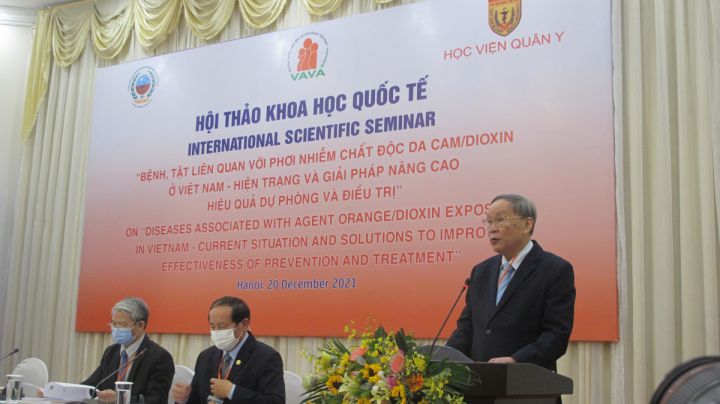

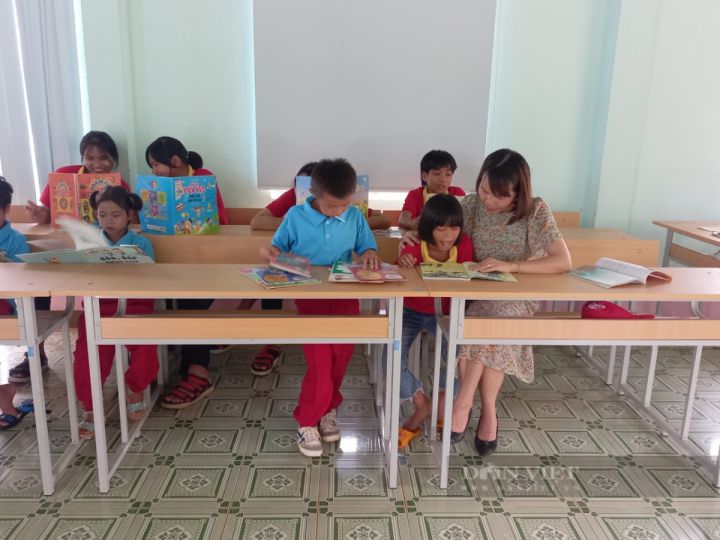
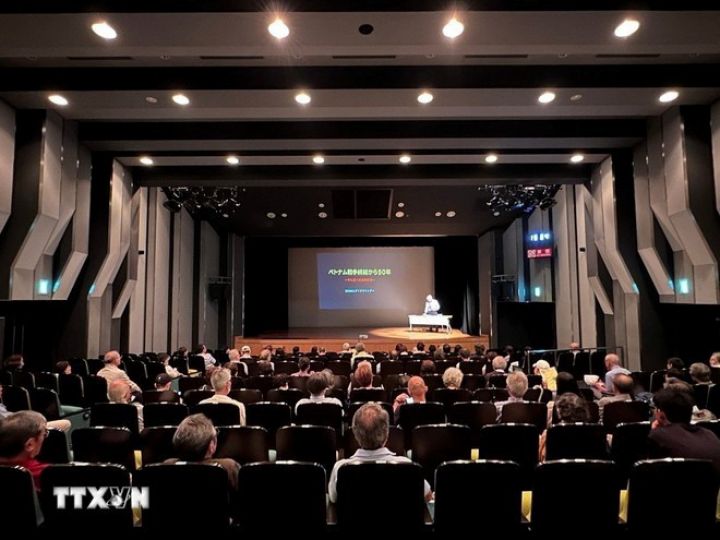


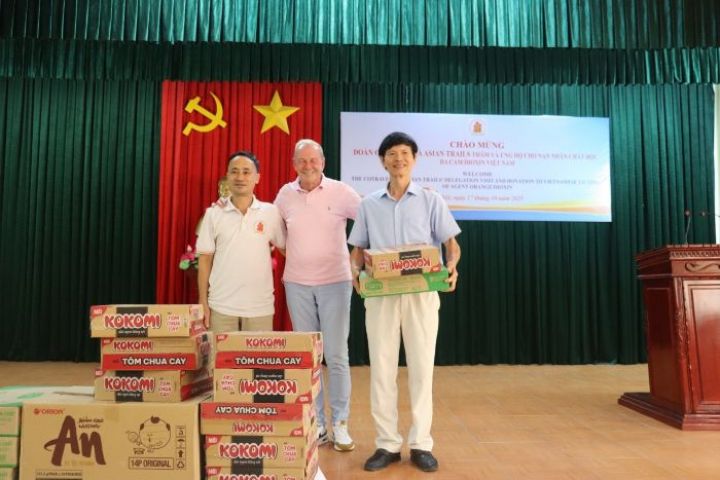












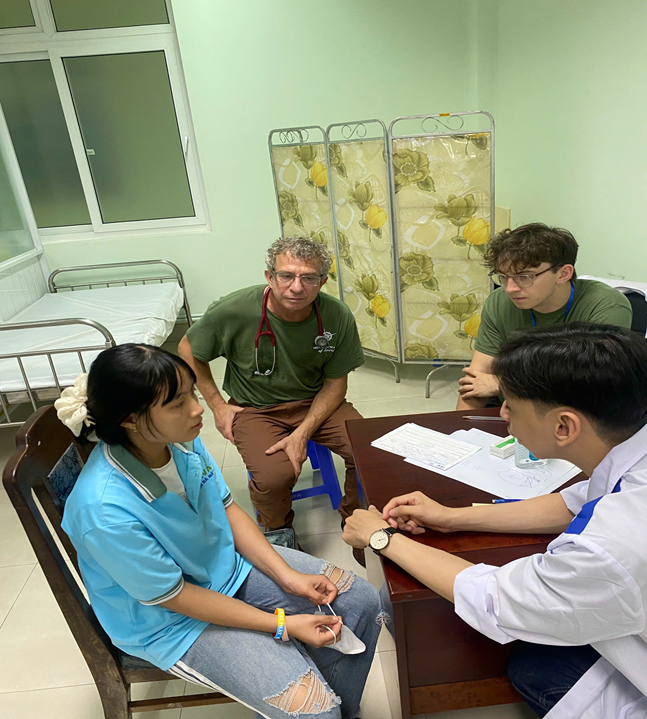
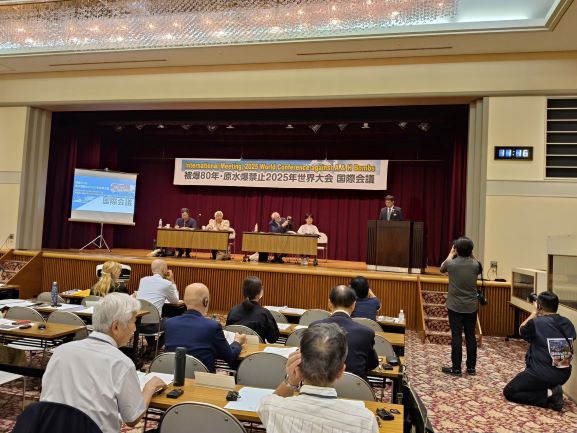
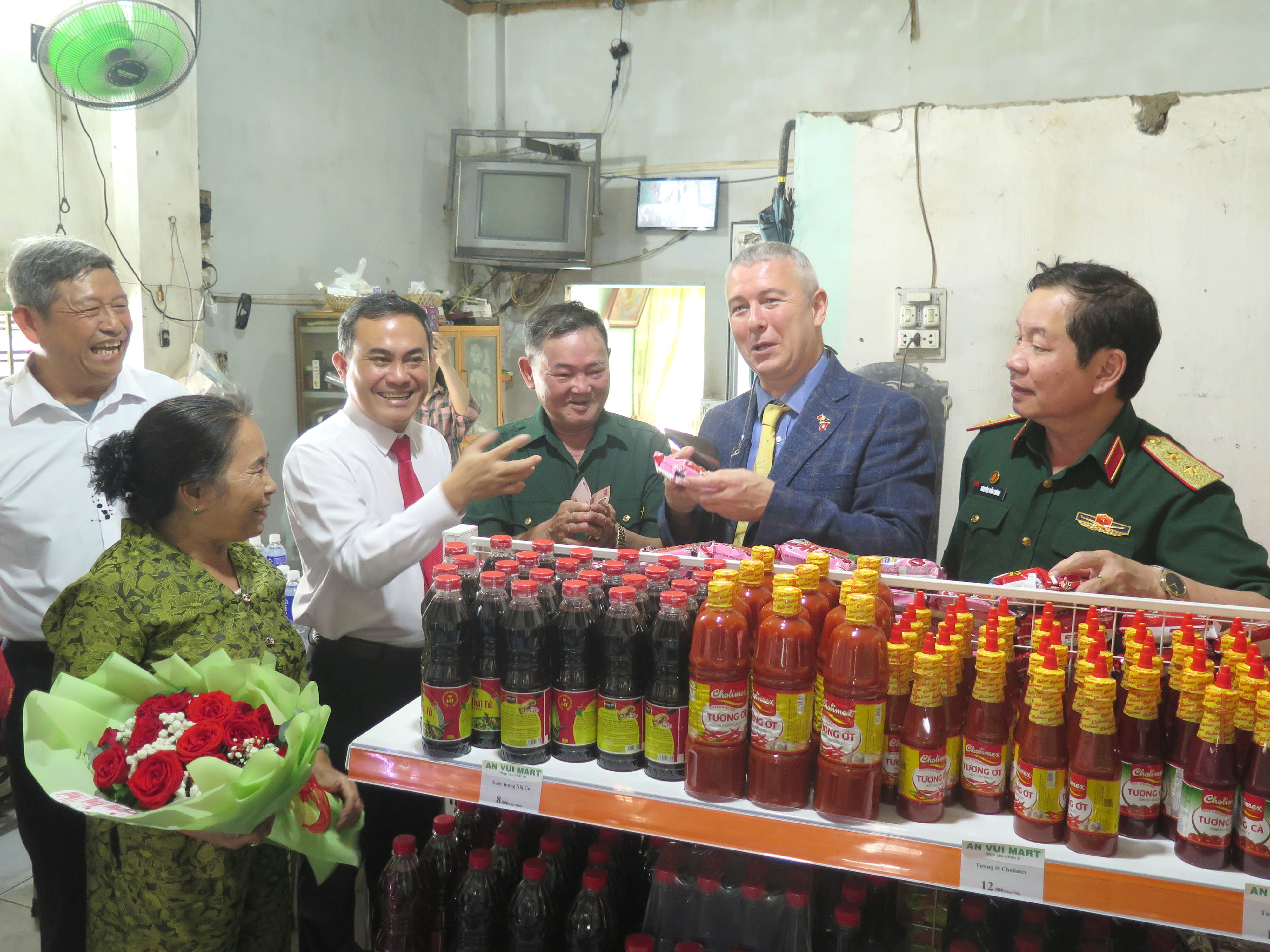


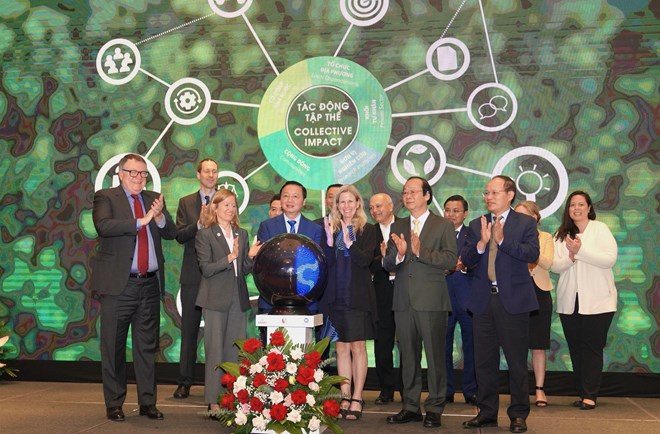

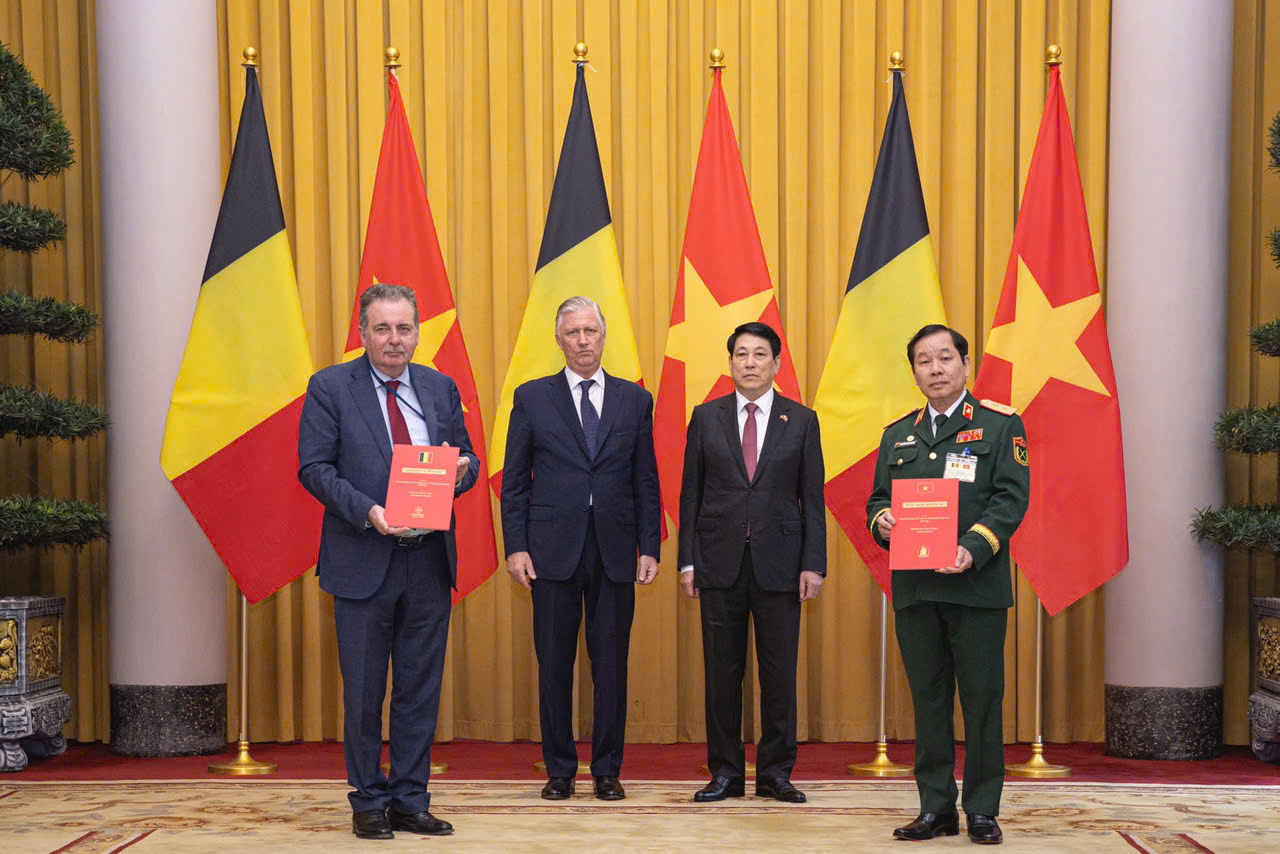


.jpg)
Comment